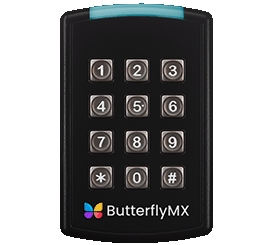


Access control is a critical aspect of security in various domains, including computer systems, physical facilities, and data. It refers to the practice of managing and regulating access to resources, information, or physical spaces to ensure that only authorized individuals or entities can gain entry or use those resources. Access control plays a crucial role in safeguarding confidentiality, integrity, and availability, and it is implemented through various mechanisms and strategies. Here’s a breakdown of access control concepts and methods:
Types of Access Control:
a. Physical Access Control: This involves regulating access to physical spaces, such as buildings, rooms, or data centers. Physical access control can be achieved through mechanisms like locks, keys, access cards, biometrics, and security personnel.
b. Logical Access Control: Logical access control is about controlling access to digital resources, systems, or data. It includes measures like passwords, encryption, multi-factor authentication (MFA), and role-based access control (RBAC).
Access Control Models:
a. Discretionary Access Control (DAC): In DAC, resource owners have the discretion to grant or deny access to their resources. It’s a more decentralized approach often used in file systems.
b. Mandatory Access Control (MAC): In MAC, access is determined by a central authority based on security labels or clearances. It’s commonly found in government and military settings.
c. Role-Based Access Control (RBAC): RBAC assigns permissions based on roles within an organization. Users are assigned roles, and access rights are associated with those roles.
d. Attribute-Based Access Control (ABAC): ABAC uses attributes (user attributes, resource attributes, environmental conditions) to determine access. It’s a flexible model often used in complex scenarios.
Access Control Lists (ACLs): ACLs are lists associated with resources that specify which users or groups have permissions to perform specific actions on those resources.
Authentication and Authorization:
a. Authentication: This is the process of verifying the identity of a user or entity trying to access a system. Common methods include username/password, biometrics, and smart cards.
b. Authorization: Once authenticated, the system determines what actions the user or entity is allowed to perform. This process ensures that users only access the resources they are entitled to.
Access Control Best Practices:
a. Least Privilege Principle: Users and processes should have the minimum level of access necessary to perform their tasks, reducing the risk of misuse or accidental damage.
b. Strong Authentication: Implement robust authentication methods, such as MFA, to ensure that users are who they claim to be.
c. Regular Access Reviews: Periodically review and update access permissions to ensure they are still appropriate and in line with changing roles and responsibilities.
d. Audit Trails: Maintain logs and audit trails of access events to track and investigate unauthorized access or suspicious activities.
Access Control in the Cloud: In cloud computing, access control is essential for securing cloud resources. Cloud providers offer various tools and services for managing access control, including Identity and Access Management (IAM) services.
Challenges and Emerging Trends: Access control continues to evolve with the emergence of technologies like Zero Trust Security, which assumes no implicit trust and verifies identity and trustworthiness at every access attempt.
Effective access control is essential to safeguarding sensitive information and maintaining the security and privacy of systems and resources. It requires a combination of technology, policies, and ongoing monitoring to adapt to evolving threats and changing organizational needs.
Below are our preferred and recommended access control systems.
